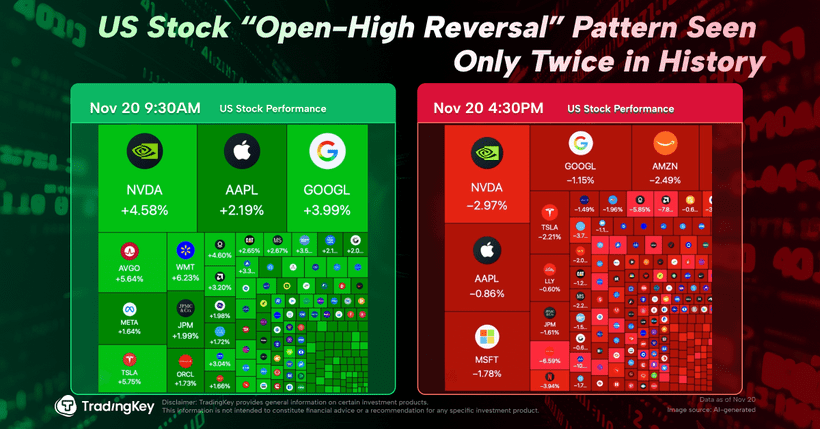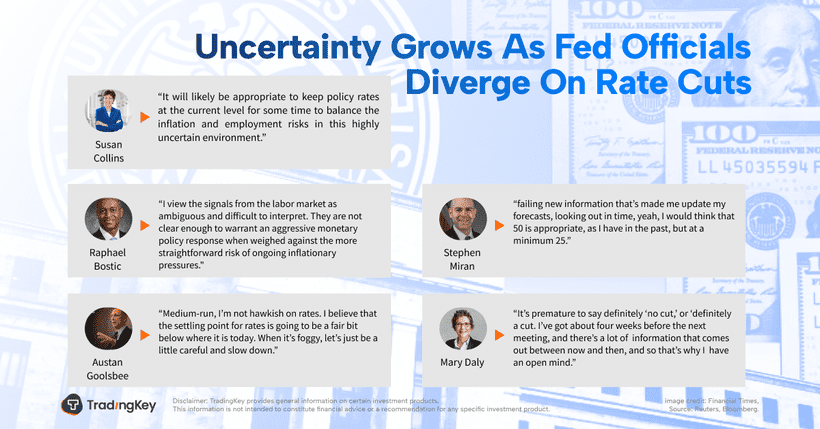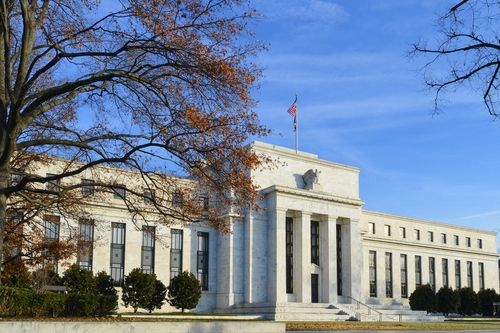Eurozone July HICP Commentary: The Euro to Enter a Fluctuation Range

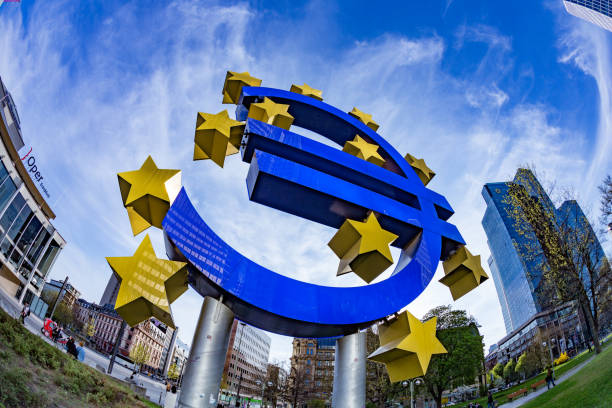
TradingKey - On 20 August 2025, the eurozone released the Harmonised Index of Consumer Prices (HICP) data for July. In line with the general market expectations, the headline HICP remained unchanged month-on-month, while the core HICP fell into negative territory, registering a specific figure of -0.2%. From a year-on-year perspective, the headline HICP and core HICP stood at 2% and 2.3% respectively, with both figures remaining consistent with those of the previous month.
Since the start of 2025, the year-on-year growth rate of the Eurozone's HICP has continued to decline due to insufficient economic momentum. Looking ahead, as the Eurozone economy slows and inflation remains within the target range, we anticipate that the European Central Bank (ECB) will maintain its accommodative monetary policy stance.
From the perspective of foreign exchange markets, two key dynamics are at play: on one hand, the global trend of de-dollarisation will continue to exert downward pressure on the U.S. dollar; on the other hand, the Eurozone's weak economic fundamentals, coupled with the ECB's ongoing rate cuts, will weigh on the euro. Against the backdrop of both currencies facing headwinds, we expect the EUR/USD to enter a range-bound trading phase.
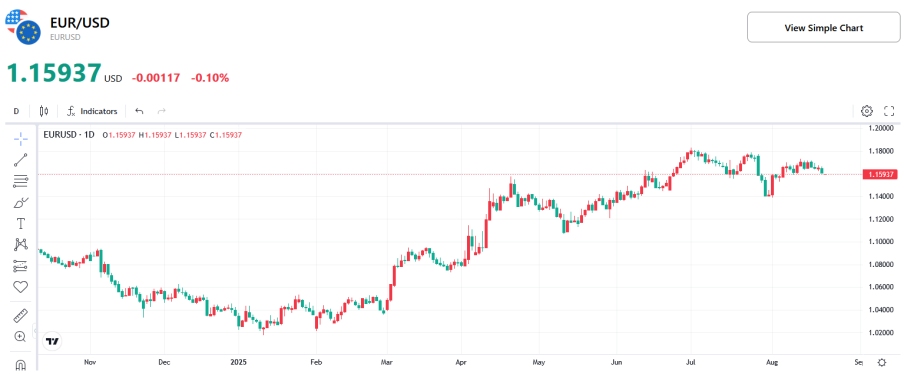
Source: TradingKey
Main Body
On 20 August 2025, the eurozone released the Harmonised Index of Consumer Prices (HICP) data for July. In line with the general market expectations, the headline HICP remained unchanged month-on-month, while the core HICP fell into negative territory, registering a specific figure of -0.2%. From a year-on-year perspective, the headline HICP and core HICP stood at 2% and 2.3% respectively, and both figures remained consistent with the previous month's values (Figure 1).
Figure 1: Market Consensus Forecasts vs. Actual Data
.jpg)
Source: Refinitiv, TradingKey
Since the start of 2025, due to insufficient economic momentum, the year-on-year growth rate of the Eurozone's HICP has continued to decline. The overall year-on-year HICP growth slowed noticeably from 2.5% in January to 2%, a level that meets the European Central Bank (ECB)'s target (Figure 2). A closer look at the data reveals that the pace of commodity price increases has accelerated. Affected by the weak sentiment in the services sector, the year-on-year growth of the services HICP in July dropped to its lowest level since March 2022.
From a country perspective, driven by rising prices in food and services, the HICP growth rates in France and Italy have exceeded the broader market expectations. In contrast, although inflation in Germany’s energy and food sectors has climbed, its core HICP remains below the expected level. A key reason for this phenomenon lies in the low inflation figures for specific sub-categories such as "package holidays" and "transport services".
Figure 2: Eurozone HICP (%, y-o-y)
.jpg)
Source: Refinitiv, TradingKey
Looking ahead, as eurozone economic growth slows down (Figure 3) and inflation remains within the target range, we infer that the ECB will continue to maintain an accommodative monetary policy (Figure 4). It is projected that the eurozone may enter a low-interest-rate environment in the first half of 2026.
From the perspective of the foreign exchange market, on one hand, the global de-dollarisation trend will continue to exert downward pressure on the U.S. dollar; on the other hand, the weak economic fundamentals of the eurozone, coupled with the ECB's ongoing interest rate cuts, will weigh on the euro. Under the influence of both currencies being weakened in this currency pair, we judge that EUR/USD will trade within a fluctuation range.
Figure 3: Eurozone Real GDP (%)
.jpg)
Source: Refinitiv, TradingKey
Figure 4: ECB Policy Rate (%)
.jpg)
Source: Refinitiv, TradingKey
.png)


